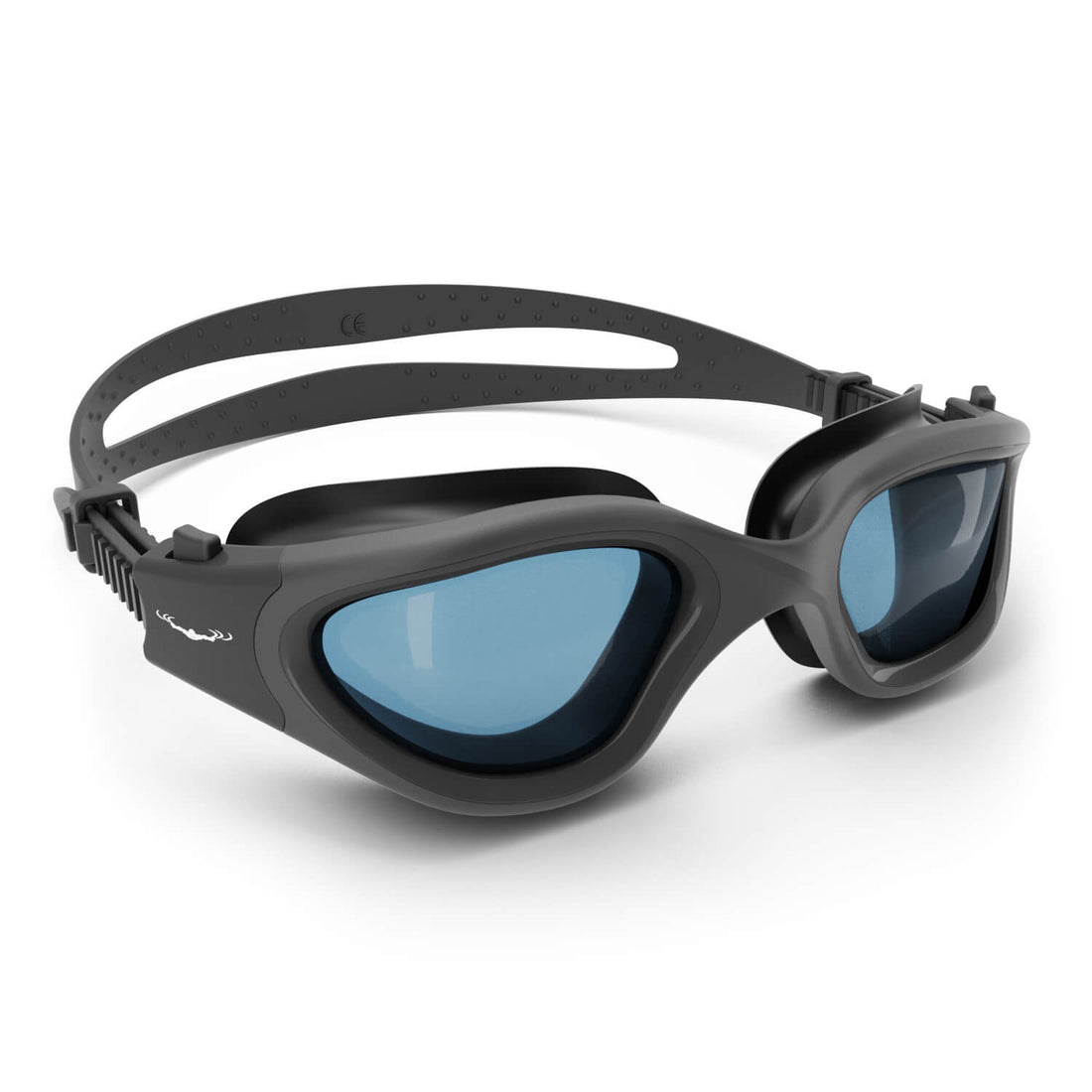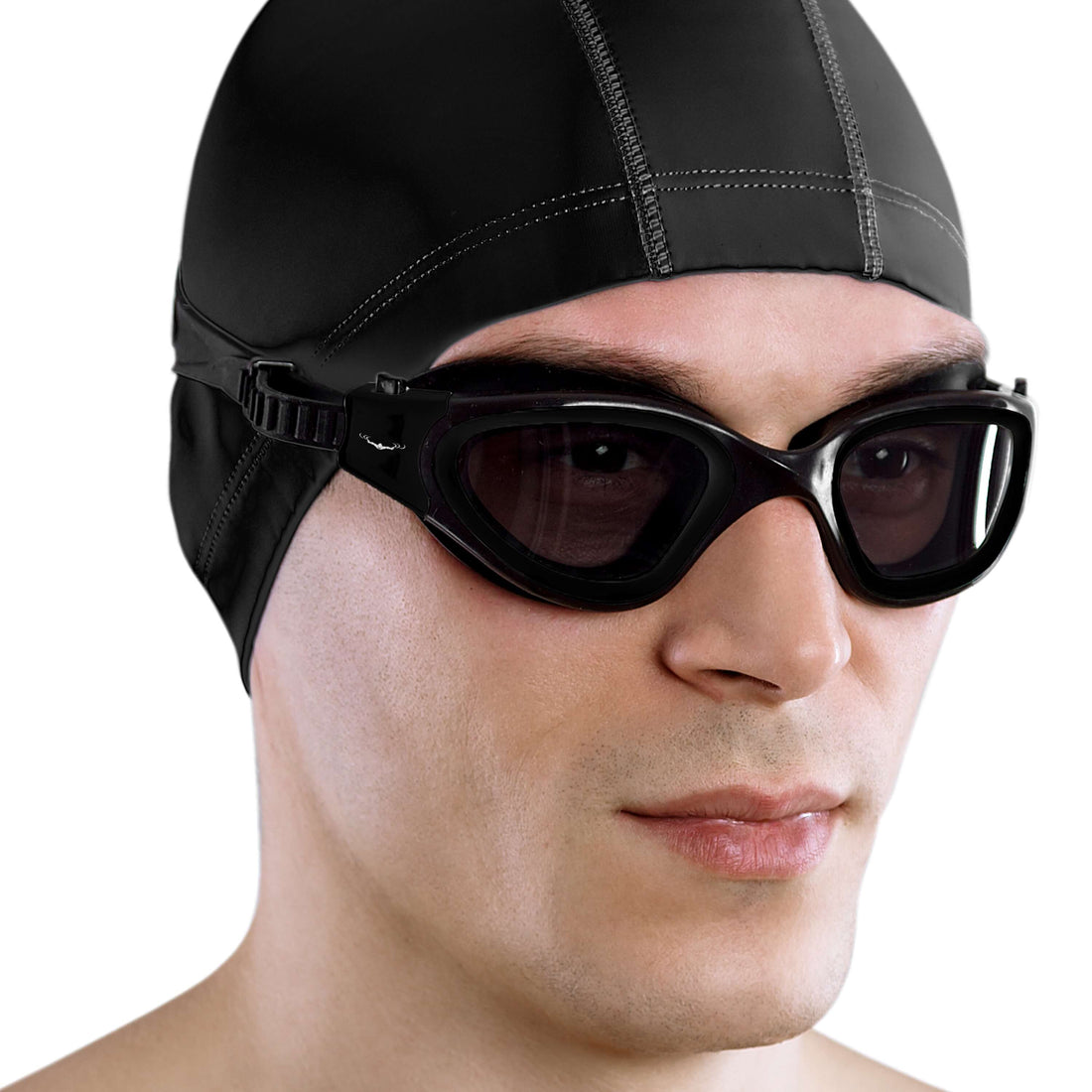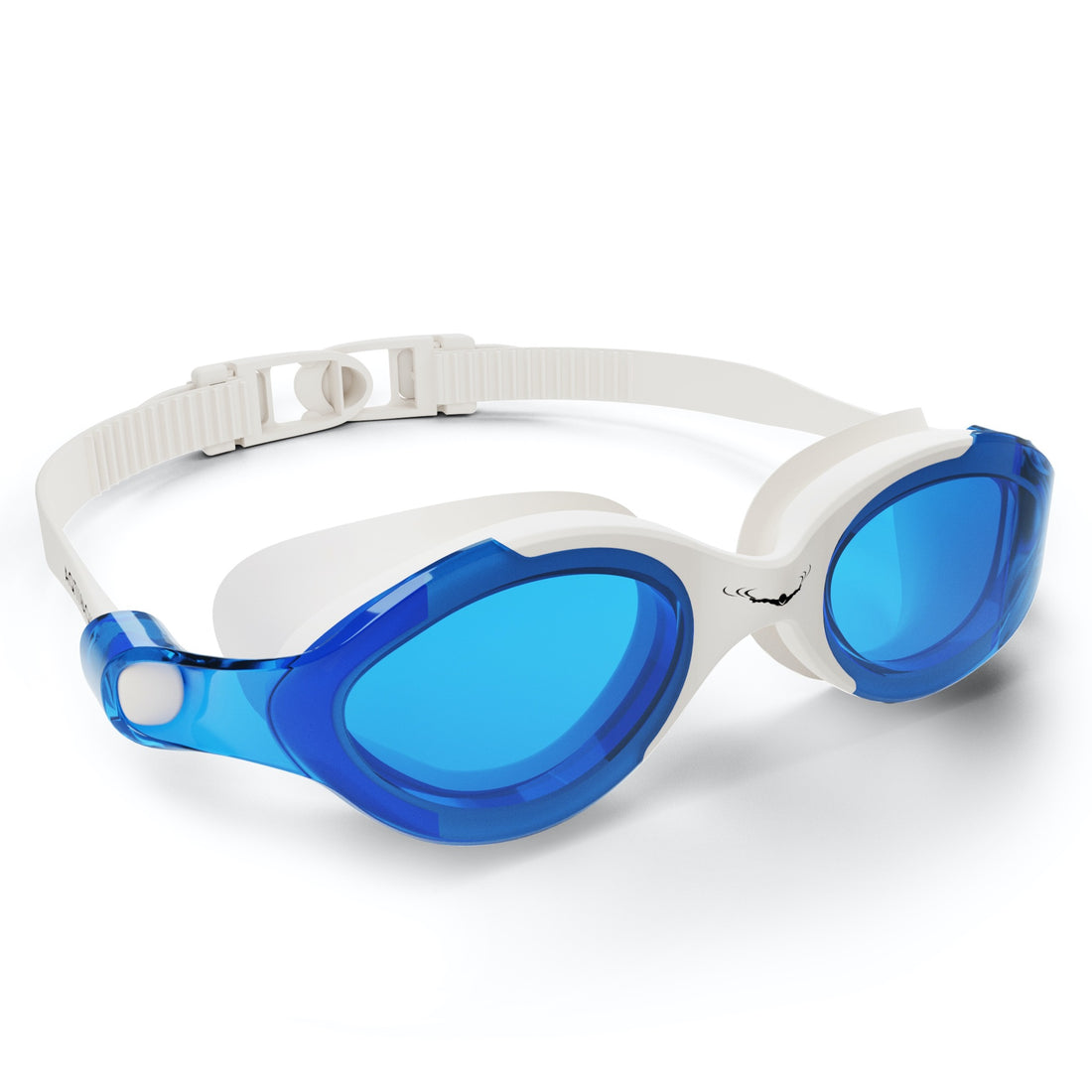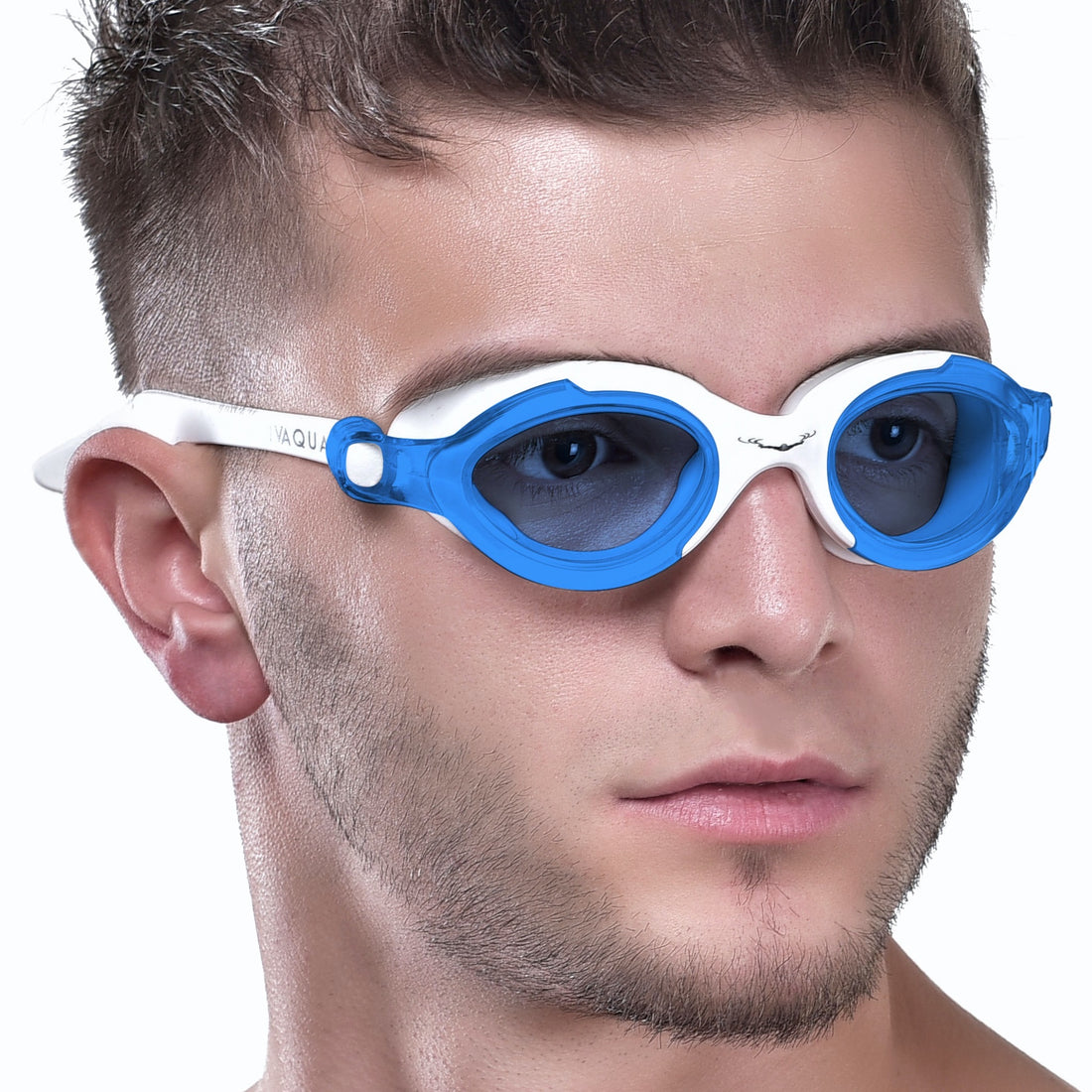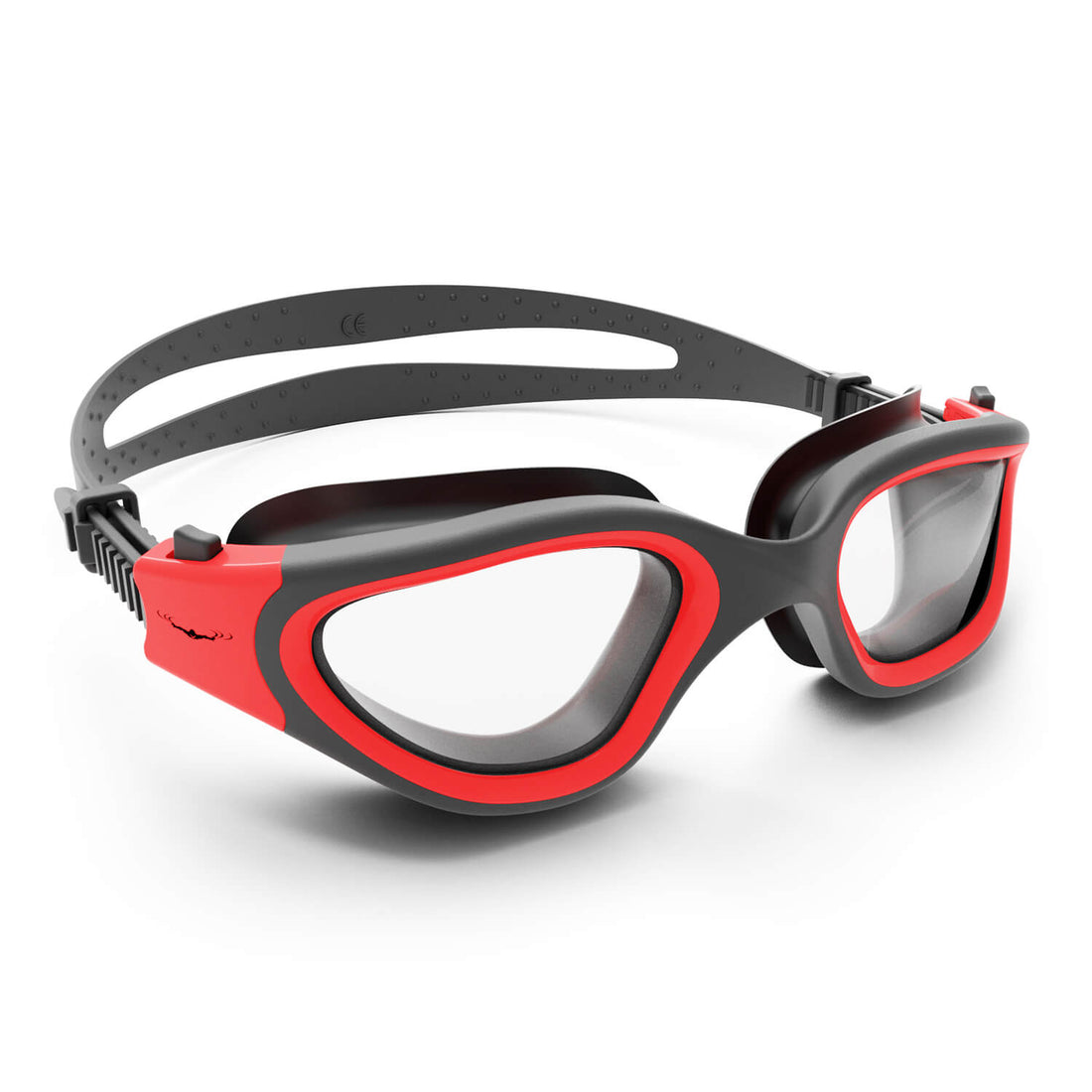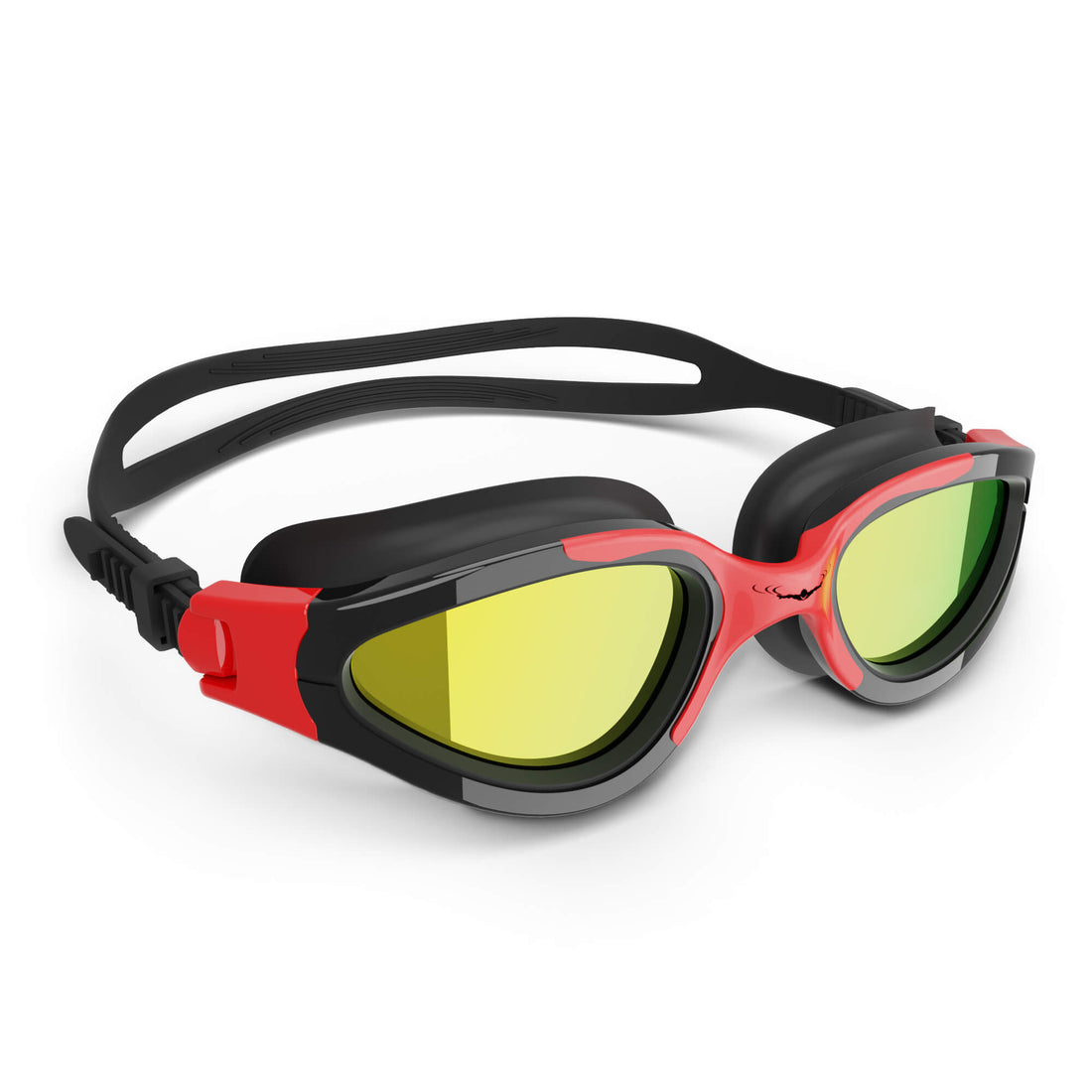Frequently Asked Questions
1. What are the major muscle groups engaged during swimming?
2. Why is swimming considered a low-impact workout?
3. How does swimming improve cardiovascular health?
4. What mental benefits can be gained from swimming?
5. Why is it important to invest in quality swim goggles?
Swimming is not just a leisurely activity; it's one of the most effective full-body workouts available. Whether you are looking to tone your body, improve cardiovascular health, or simply enjoy some stress relief, swimming provides the comprehensive fitness benefits you seek. This article will delve into how swimming serves as a powerful workout to boost your overall fitness levels, how to do it effectively, and why investing in quality swim goggles can enhance your experience. Dive in!
Your Body's Ultimate Workout
When you think about full-body workouts, activities like running or weightlifting may come to mind. However, swimming stands out as a unique exercise that engages nearly every muscle group while delivering a low-impact fitness routine. Here’s a breakdown of how swimming gets your body working:
Engagement of Major Muscle Groups
In the water, your body works against resistance, which helps build muscle and strength. Here are the key muscles utilized during swimming:
- Arms: Swimming strokes like freestyle and butterfly engage your triceps, biceps, and shoulders.
- Core: Maintaining proper swimming form requires a strong core, targeting your abs and back.
- Legs: Kicking helps tone calves, quadriceps, and hamstrings, giving your lower body a complete workout.
Low-Impact, High-Reward
Swimming is particularly beneficial for those with joint problems or injuries. The buoyancy of water alleviates pressure on your joints, allowing for a full range of motion without pain. This makes swimming an excellent alternative for individuals looking to stay active while protecting their bodies from injury.
Boost Your Cardiovascular Health
Engaging in swimming sessions significantly enhances your cardiovascular fitness. Here's how swimming impacts your heart and lungs:
Get Your Heart Rate Up
During a swimming workout, your heart rate elevates as your body works harder to supply oxygen to your muscles. This cardiovascular workout helps to strengthen your heart, making it more efficient in pumping blood. Ultimately, it contributes to improved circulation and reduced risks of heart disease.
Enhanced Lung Capacity
In addition to improving heart health, swimming can boost your lung capacity. Regular swimming encourages breathing control and efficiency, allowing swimmers to inhale deeply and exhale fully. This not only improves your swimming performance but also helps with overall fitness.
Florishing Mental Benefits
Swimming not only engages your body but also has powerful effects on your mental health:
Stress Relief
Immerse yourself in water, and you’ll find a soothing escape from daily stresses. Swimming encourages the release of endorphins, also known as the “feel-good” hormones. Many people find that a swim helps them to relax, clear their minds, and even boost their mood.
Enhanced Focus
Focusing on your swim strokes requires mental clarity, improving concentration levels over time. It creates a meditative environment, allowing for a mindful experience where you can drift away from your everyday concerns.
Are You Prepared to Swim?
Before diving into a swimming regimen, it’s crucial to ensure you have the right gear to maximize your performance. One essential piece of equipment is a quality pair of swim goggles. Here’s why they are indispensable:
Crystal Clear Vision
Swimming goggles help provide clear vision underwater, allowing you to concentrate on your strokes without the distraction of water in your eyes. This is especially important when practicing in unfamiliar pools or open waters.
Protection Against Chlorine
Chlorine and other chemicals found in swimming pools can irritate your eyes. Quality swimming goggles create a barrier, preventing water exposure while keeping your sight sharp. This helps you to swim longer while maintaining comfort.
How to Structure Your Swimming Workout
To reap the fitness benefits of swimming, it’s essential to create a structured workout plan. Here’s a simple guide to get you started:
Warm-Up
Start with a light warm-up to prepare your muscles for training. Consider five minutes of easy swimming or dynamic stretches.
Interval Training
Consider incorporating interval training into your swimming routine. For example:
- Warm-Up: 5 minutes of easy freestyle swimming.
- Main Set: Alternate between 50 meters of fast swimming followed by 50 meters of slow swimming.
- Cool Down: 5 additional minutes of easy-paced swim to help your body recover.
Consistency is Key
For optimal results, aim for at least two to three swimming sessions a week, gradually increasing your duration and intensity.
Overcoming Common Swimming Barriers
While swimming can be an incredible workout, many people face barriers that keep them from diving in. Here are a few strategies to overcome those challenges:
Fear of Water
If you have a fear of water, consider enrolling in lessons to build confidence. Familiarizing yourself with the water in a controlled environment can ease anxiety.
Lack of Access to a Pool
If access to a swimming pool is limited, look for local community centers or gyms that offer swimming programs. Alternatively, consider open-water swimming options like lakes or oceans where safety permits.
Time Constraints
Few things can fit like swimming in a busy schedule. Many swimming sessions can be completed in 30-60 minutes and can be done at various times, making it a flexible option for fitness enthusiasts.
Let’s Make a Splash!
Swimming provides an unmatched full-body workout that strengthens your muscles, boosts cardiovascular health, and enhances mental well-being—all while being enjoyable and refreshing. Don't forget to invest in good-quality swim goggles to enhance your swimming experience. Whether you're gliding through lanes at a pool or challenging the waves in the ocean, embrace the myriad of health benefits that come from making swimming a part of your regular fitness routine. Now is the time to jump in and see how swimming can transform your fitness journey!



